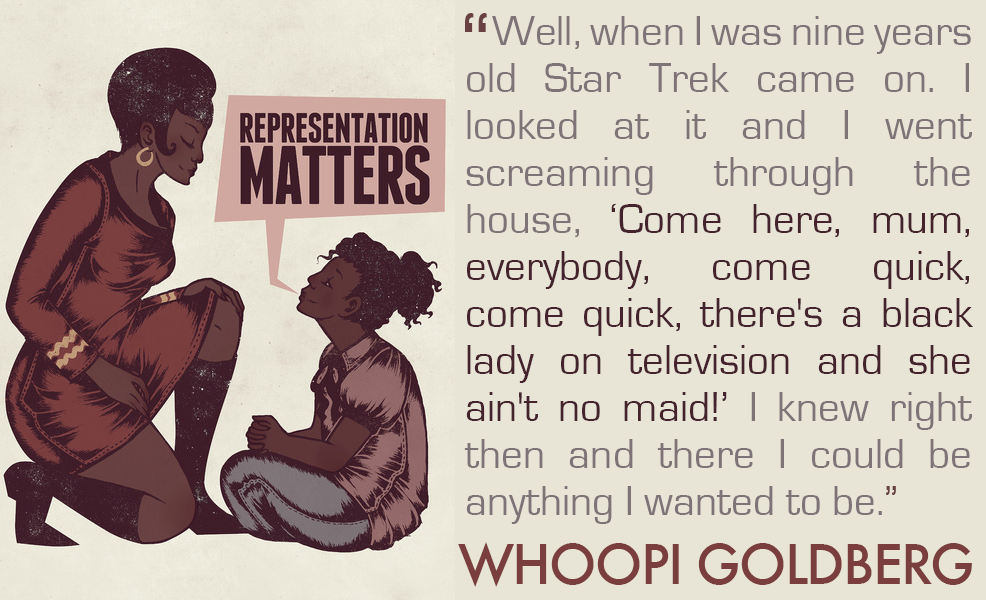
Can Anna find love in the City of Light?
Anna is happy in Atlanta. She has a loyal best friend and a crush on her coworker at the movie theater, who is just starting to return her affection. So she's less than thrilled when her father decides to send her to a boarding school in Paris for her senior year.
But despite not speaking a word of French, Anna meets some cool new people, including the handsome Étienne St. Clair, who quickly becomes her best friend. Unfortunately, he's taken —and Anna might be, too. Will a year of romantic near misses end with the French kiss she's waiting for?
I'm a sucker for romance and have a soft spot for the teen variety. Underneath its glacial layer, my heart is gooey as a syrup-soaked sponge. When it comes to fiction, my cynicism and skepticism are always at odds with my immaturity and longing for a happy ending. I admit to racing through
Anna and the French Kiss. I'll go ahead and say it: I liked it. It's a guilty pleasure. There's no denying it's an easy read which, when it comes to romance, I'm all for. I zipped through it and couldn't put it down. I think it's the fastest I've got through a YA since I was in high school. Nevertheless, there are aspects which don't sit right with me, and I can't move past them enough to find true, unadulterated enjoyment from having read this story.
The parts which make this story work are the sweet romance - it is properly cute - the believable dialogue, and the convincing portrayals of teen angst and behaviours. Even though it's been twenty years since I was seventeen, I do remember how awkward things could get between friends. Yes, there are times when the characters act poorly towards each other, but I don't see their conduct as unrealistic. Far from it. They're normal teens who make mistakes, hurt each other, and generally act within a bubble of self-centeredness. In that regard,
Stephanie Perkins gets it spot-on. The dialogue is much more characteristic of teens than John Green's
The Fault in Our Stars, (which, I know, isn't hard), and in general the prose is wonderfully authentic. Also, the dynamics of the characters' friendships are ultimately more satisfying than the usual All Boys Like The Main Girl and All Girls Like The Main Boy. However, it barely scrapes past this particular aspect as it's stated pretty much every girl in school fancies Étienne, while Anna has some sort of romantic affiliation with almost all the teenage males.
The secondary characters were slightly more interesting than the average YA supporting cast, but the "villains" were sadly standard fare. It's a shame the female antagonists are considered slutty while the protagonist is literally virginal. It's a tired trope that feeds into slut-shaming, sexism, and rape-culture. I expect better from YA romance these days, but then again I'm numb enough to the tropes to bypass them in search of The Big Love. Sadly, the relationship between Anna and Étienne isn't a healthy one, which makes these smaller quibbles stand out.
The characterisation of the lead love interest is where I begin to take issue. Étienne St. Clair is nice - I use Anna's description of Every. Single. Guy. - and there's plenty about him to like. I could never quite pin down what his hair was meant to be doing, but that isn't so important. He has personality, he's funny, intelligent, and we're assured he's beautiful, but not too perfect. Now, I love a flawed character, I do. But I believe there's a big difference between a flawed character and a romantic lead who's weak. I don't mean physically weak, and I'm not talking about the various fears he expresses throughout the narrative. Those are rather endearing. But Étienne St. Clair is weak-willed and has a weak mind, and it's seriously off-putting. Of course, paired with Anna's hypocrisy and inability to see what's right in front of her, they make a great pair. Then there's Anna. If I have to read one more book where Blondes = Boring or Bad, Brunettes = Beautiful-But-Don't-Know-It-and-Are-Therefore-More-Desirable-to-Boys I will break something pretty and grind it under my heel. The whole clumsy shy cutey-pie thing has been done to death. Despite this, Anna's relatively interesting, witty albeit universally oblivious, and refreshingly well-rounded for a YA female protagonist. However, based on their actions, or rather, Étienne's actions throughout this book, I don't see a happy future for them. And that's a major turn-off, which puts my whole Reader Experience on a bummer.
 |
| 3/5 Stars |

























